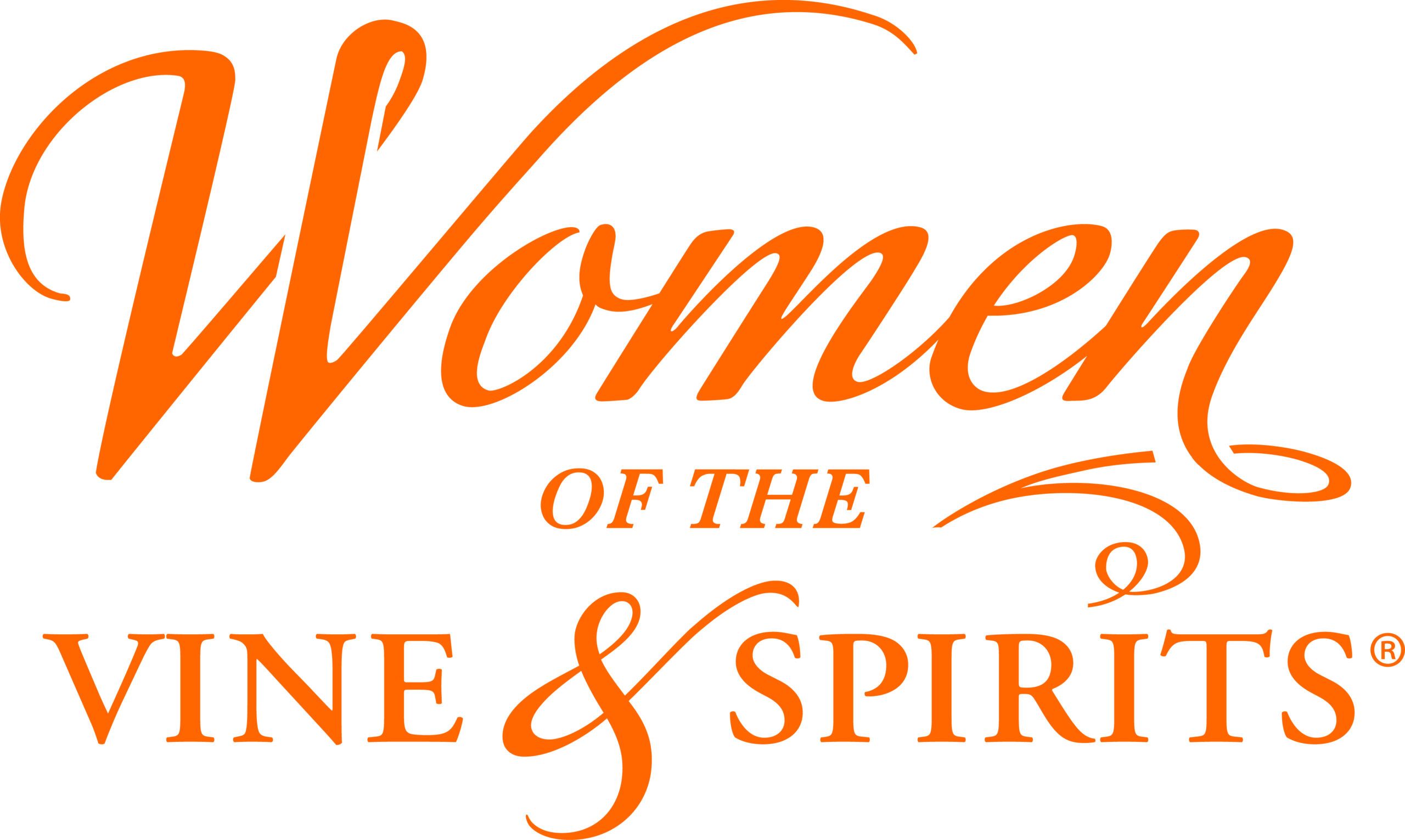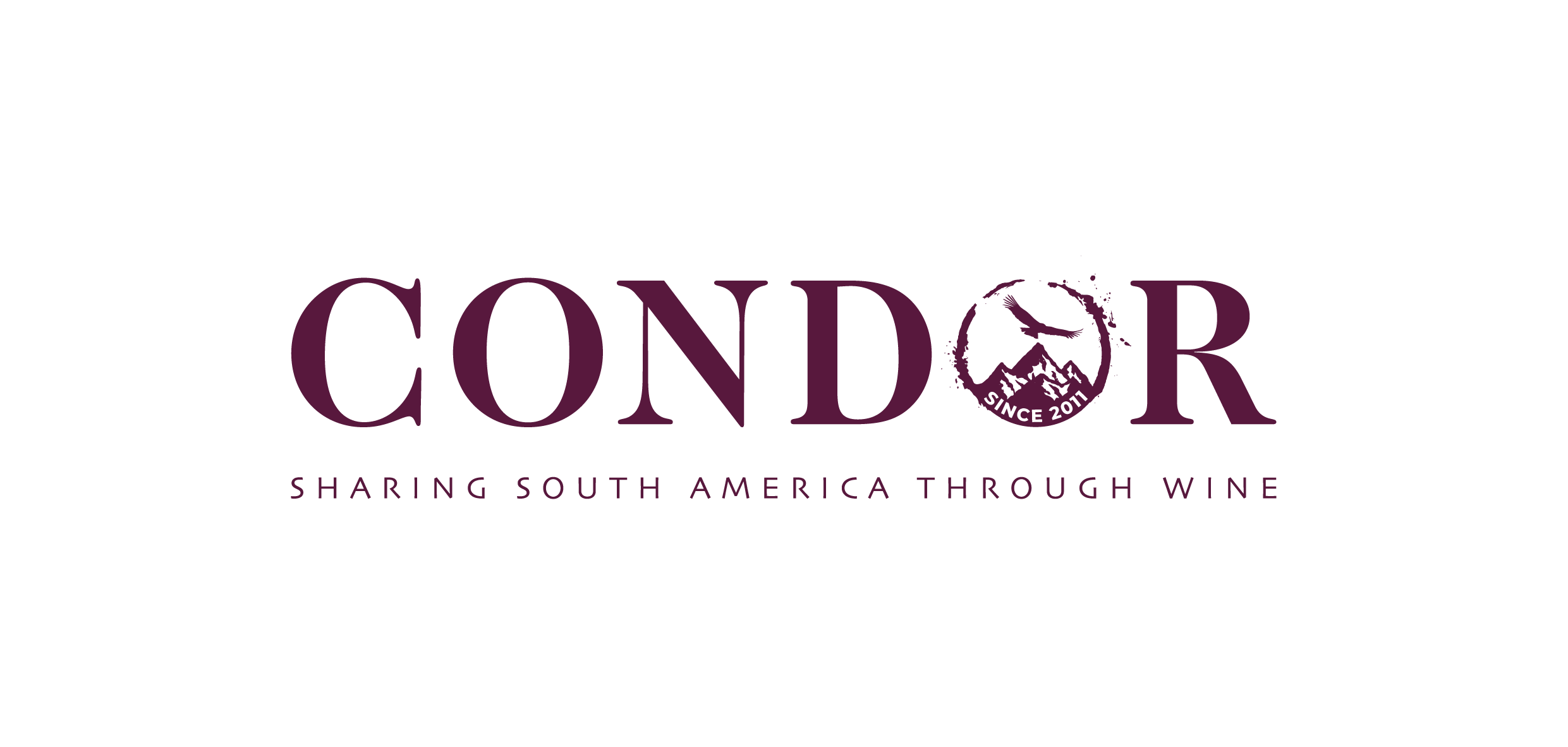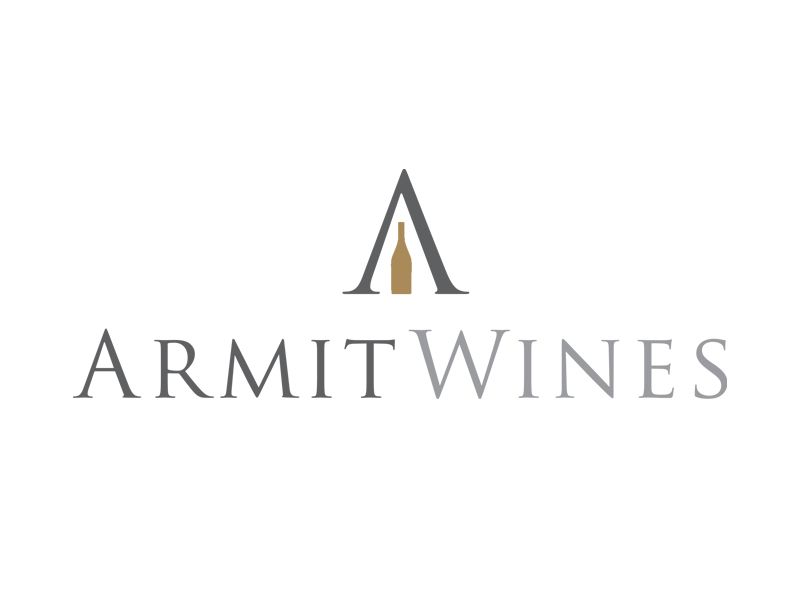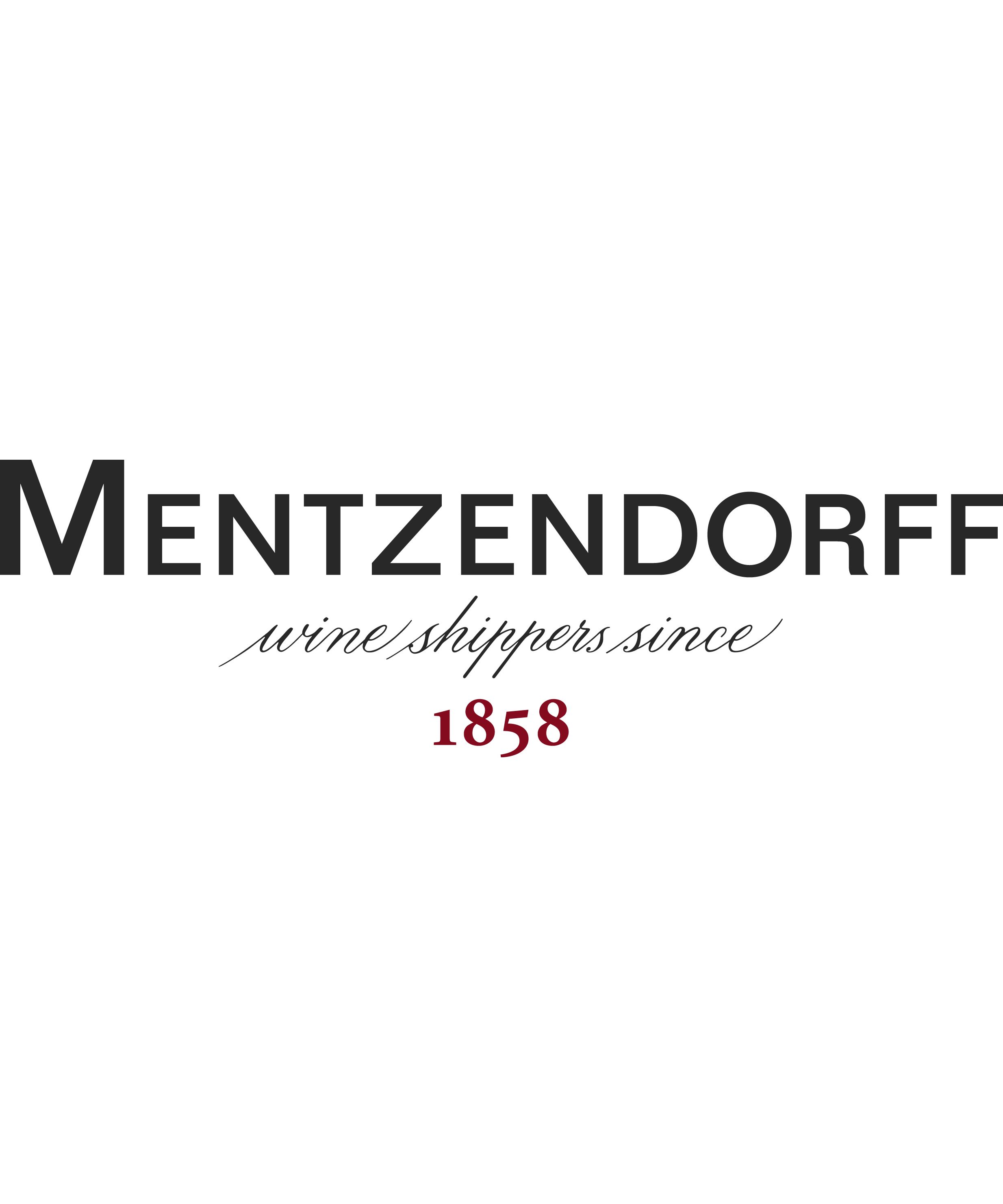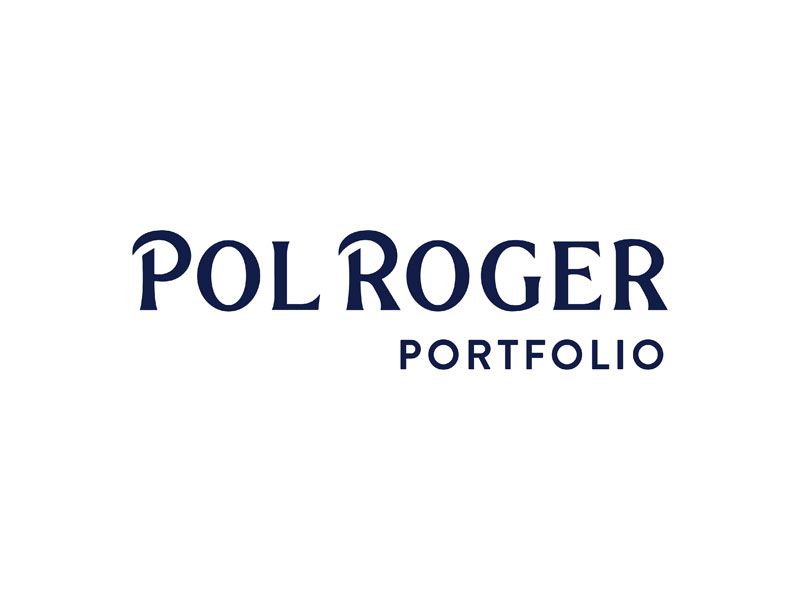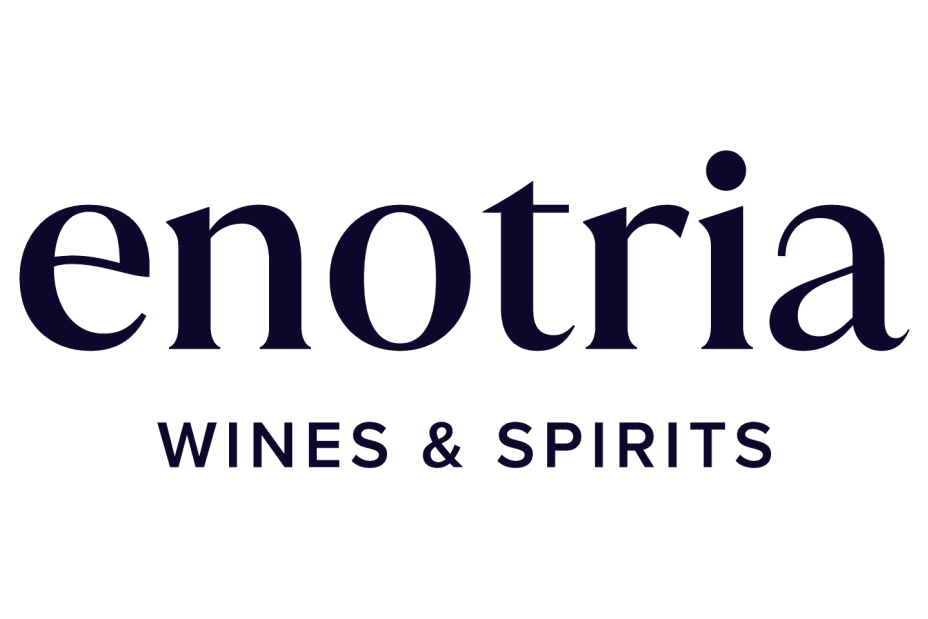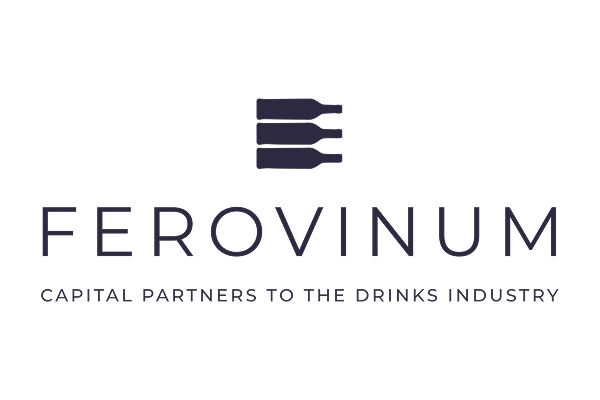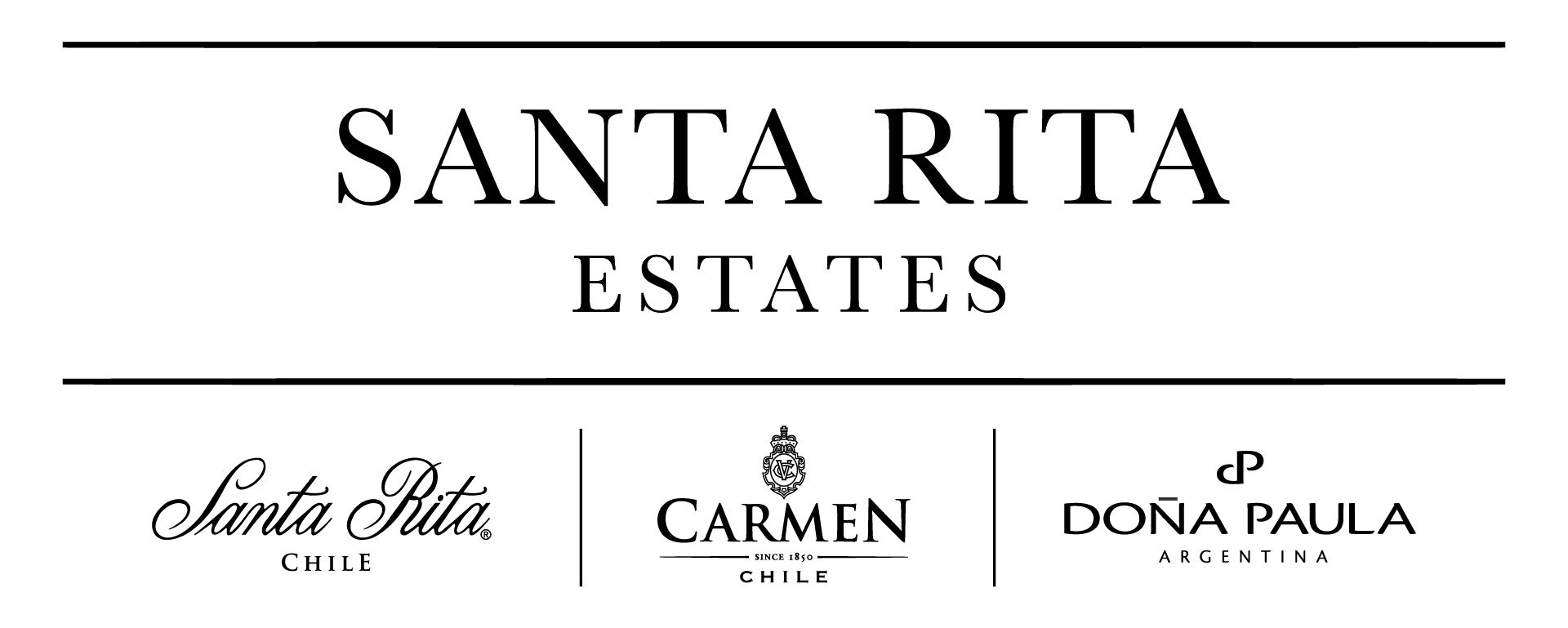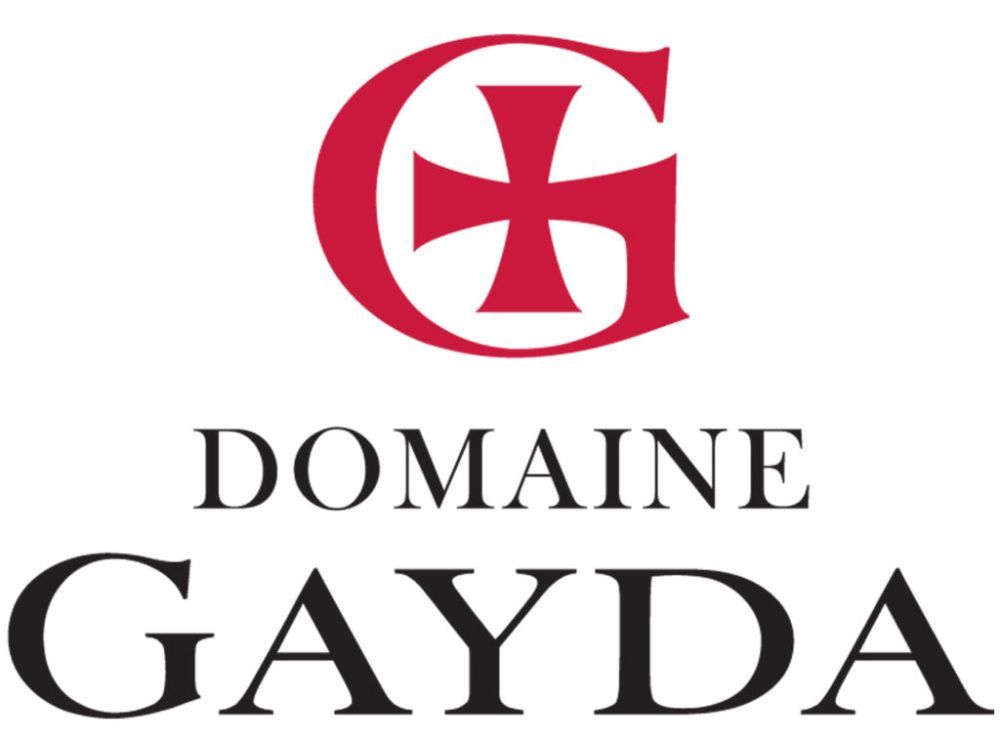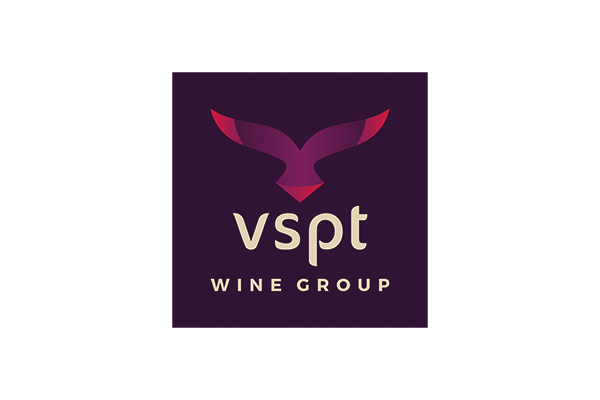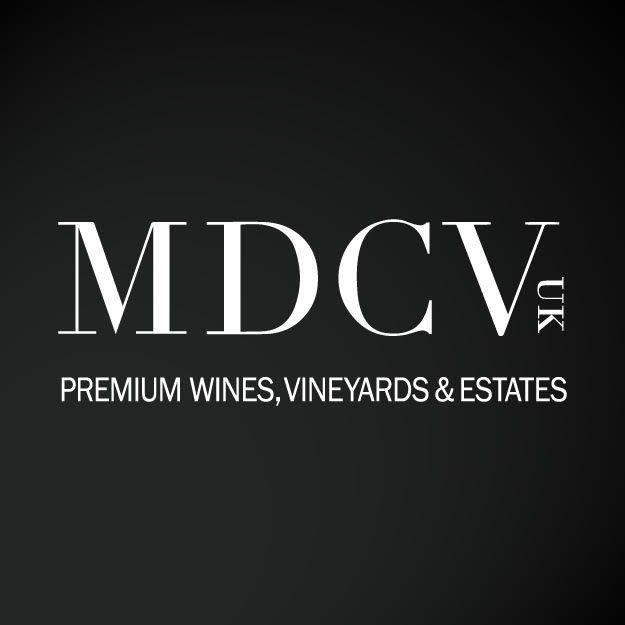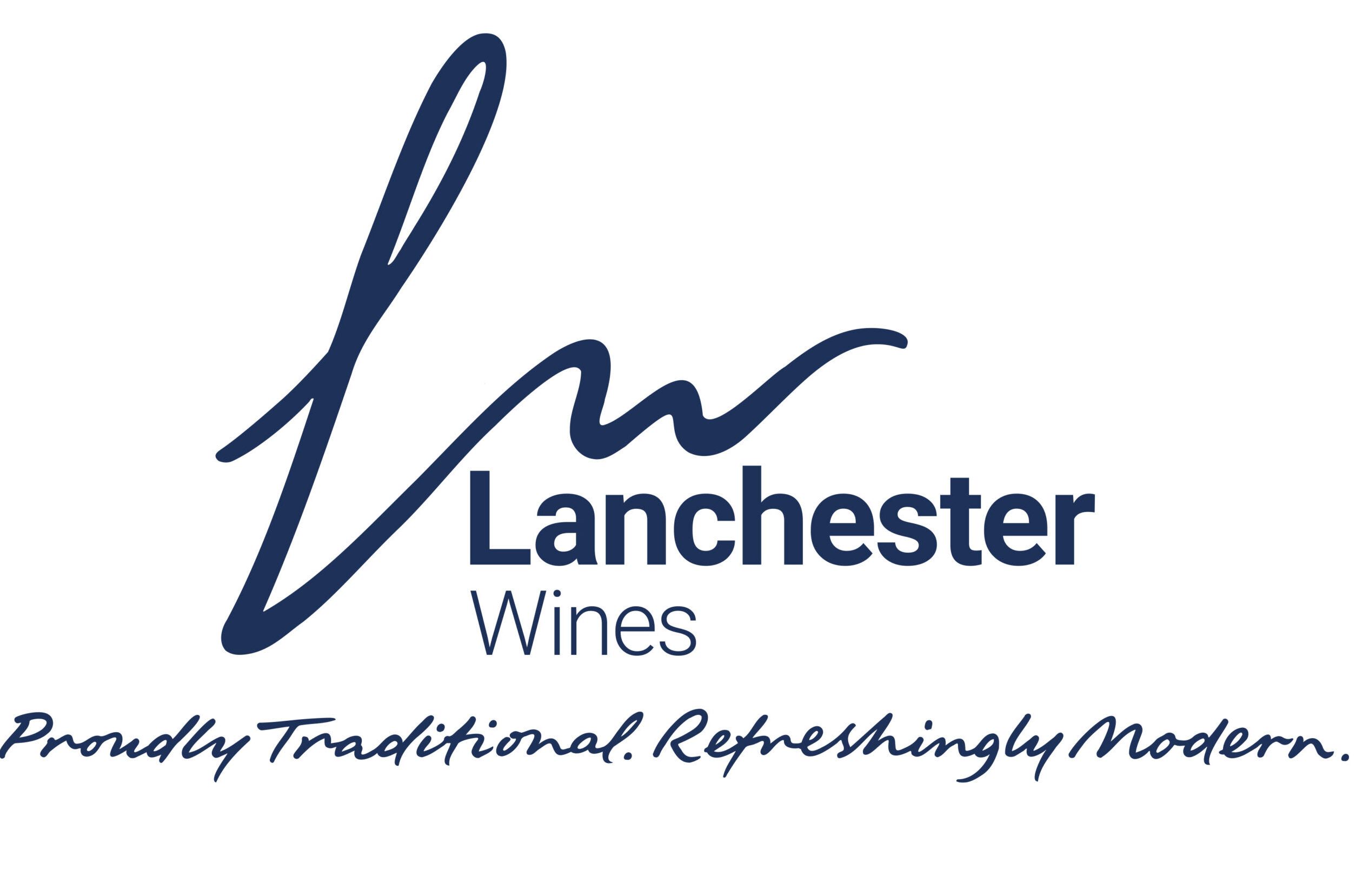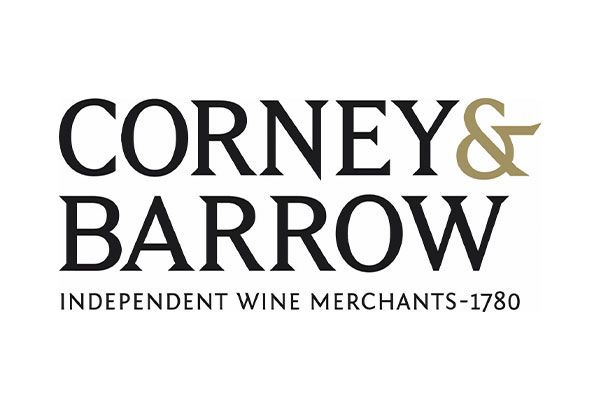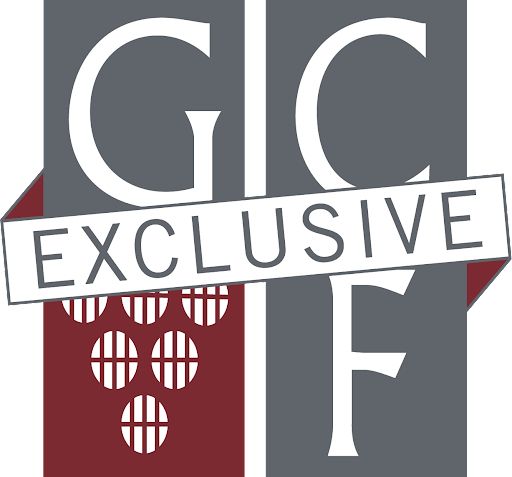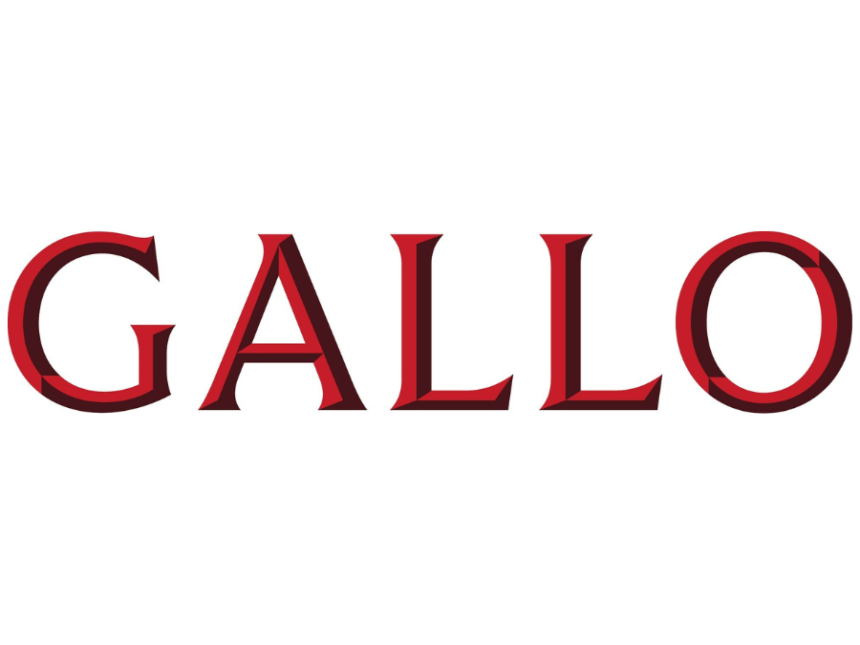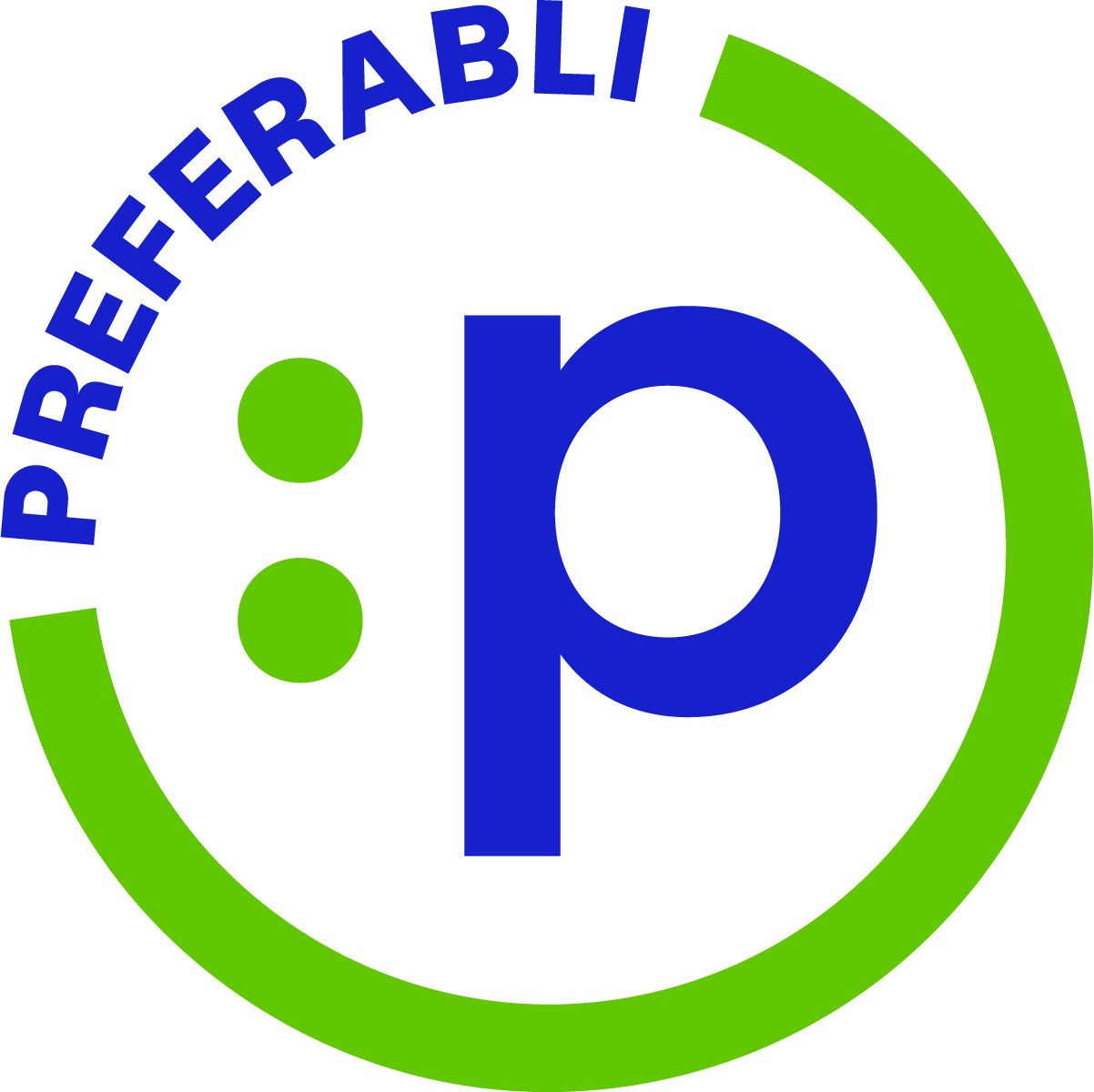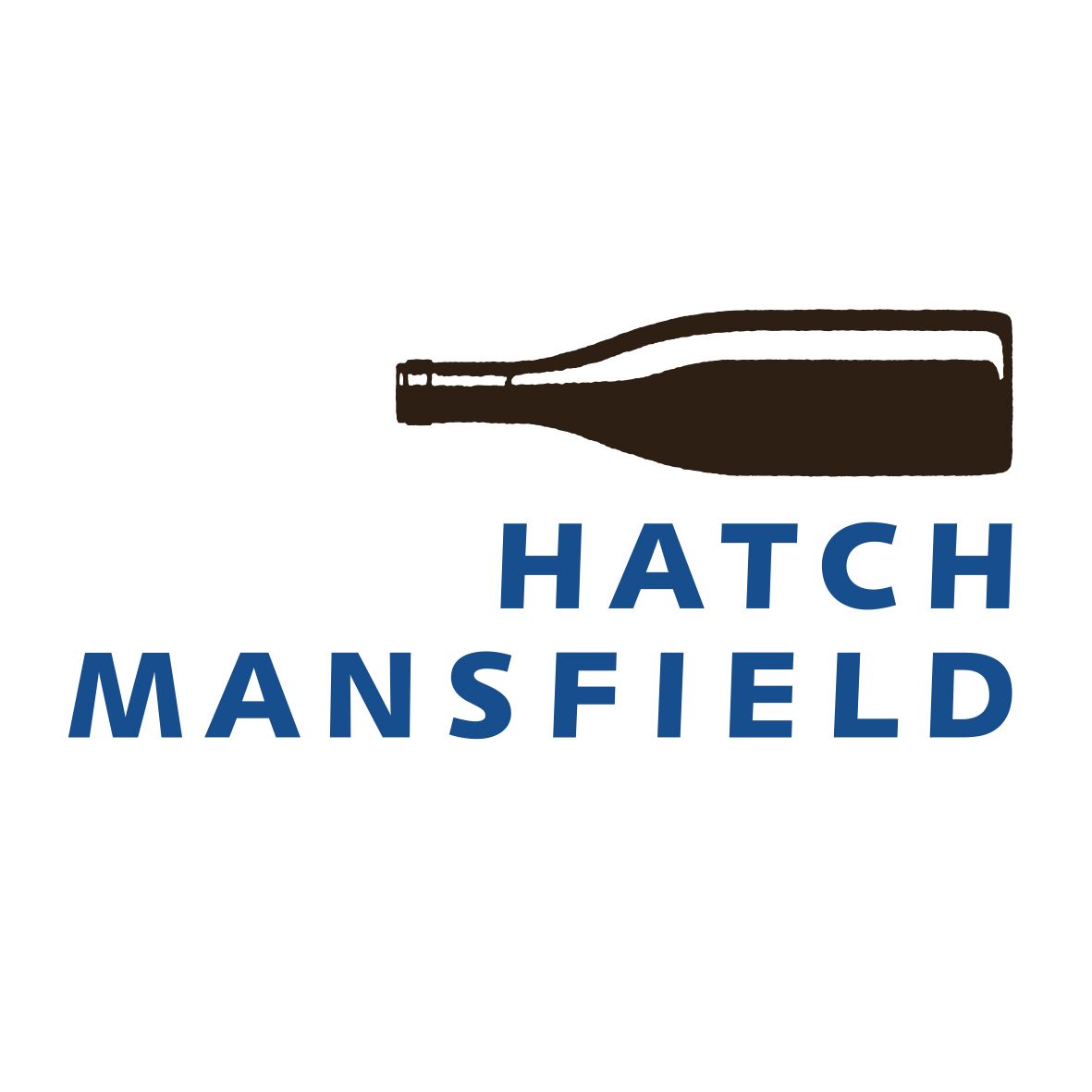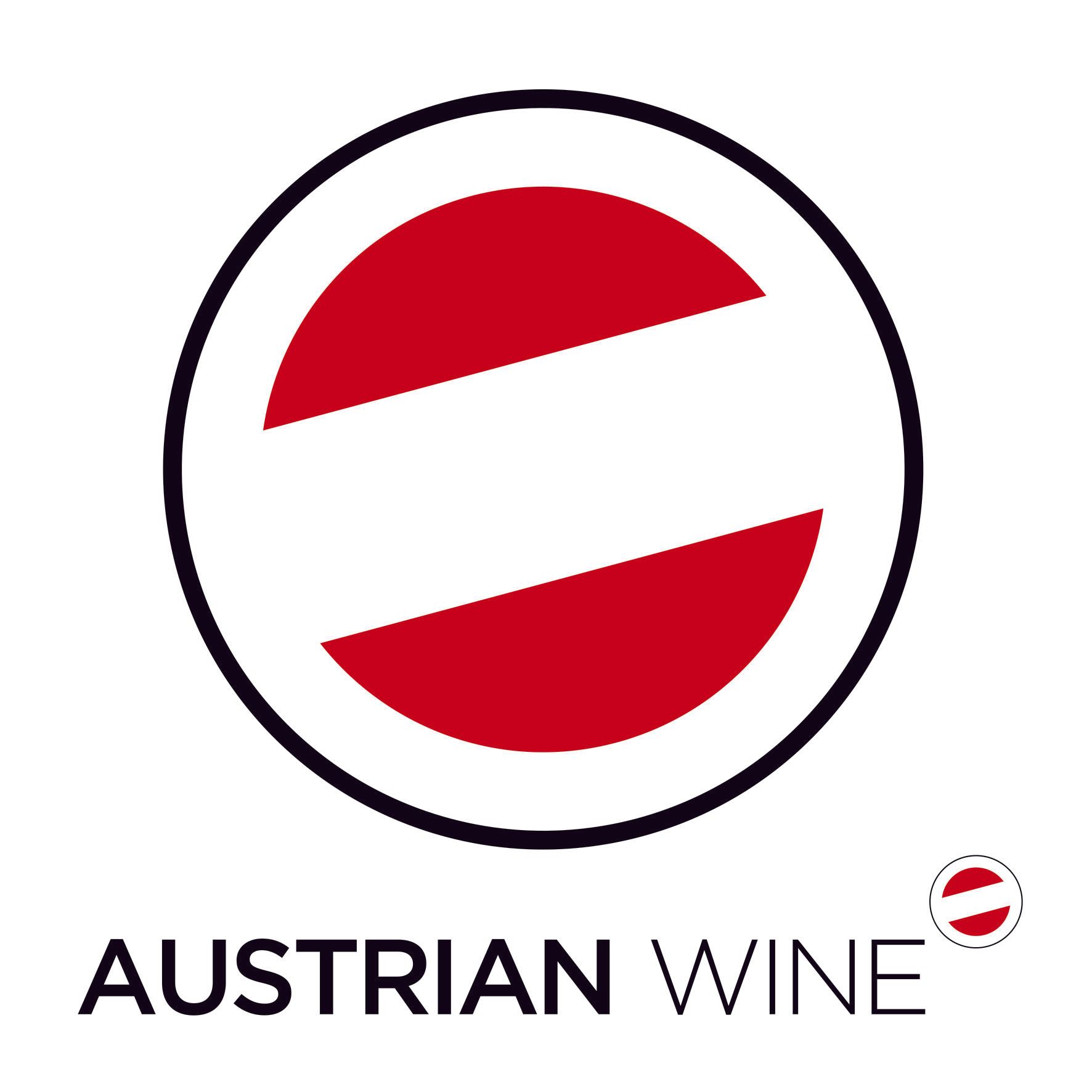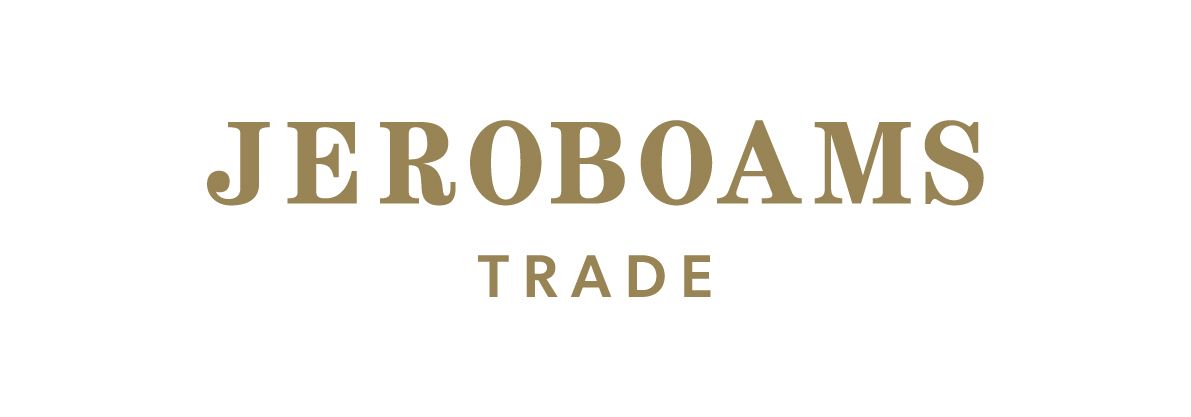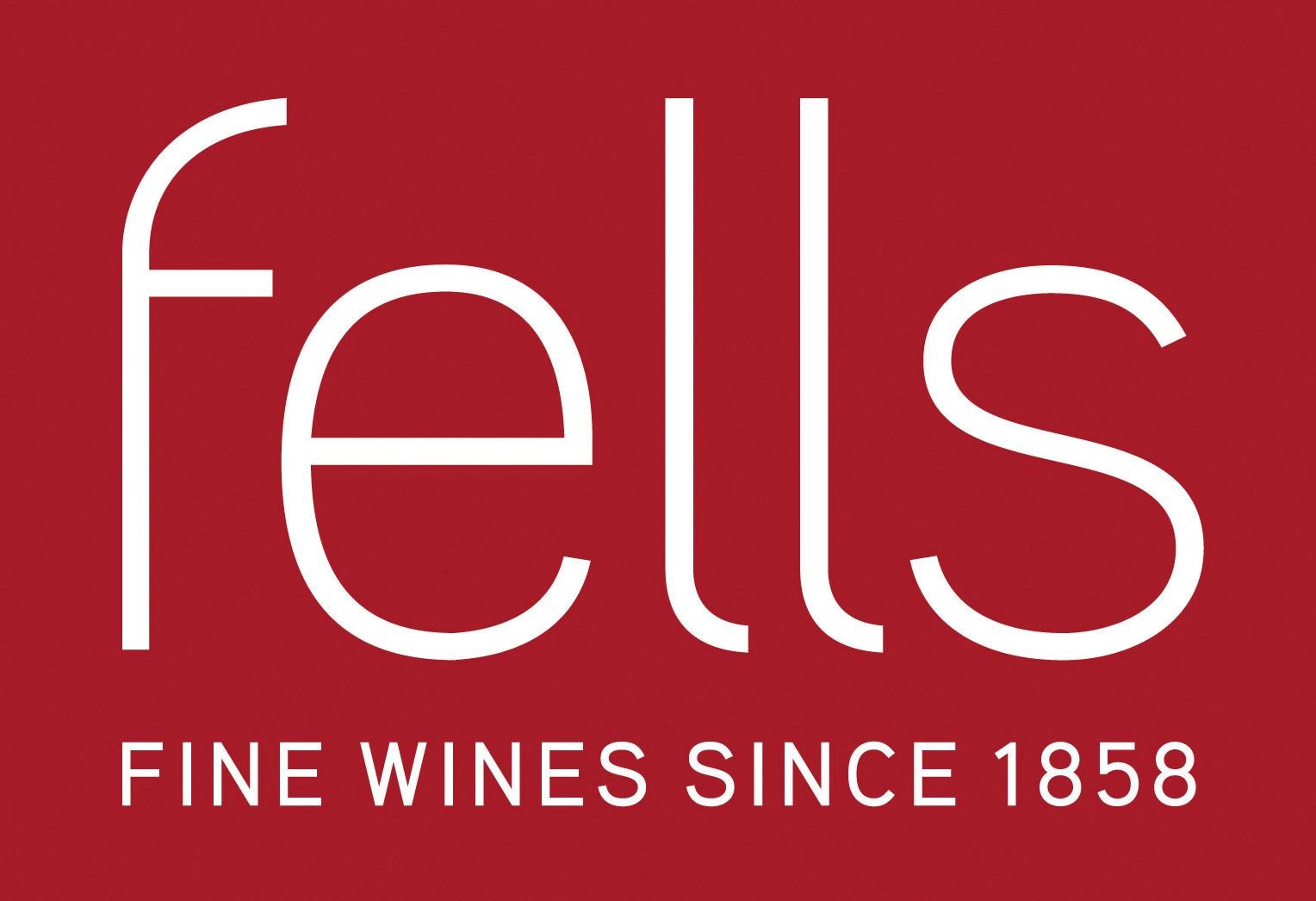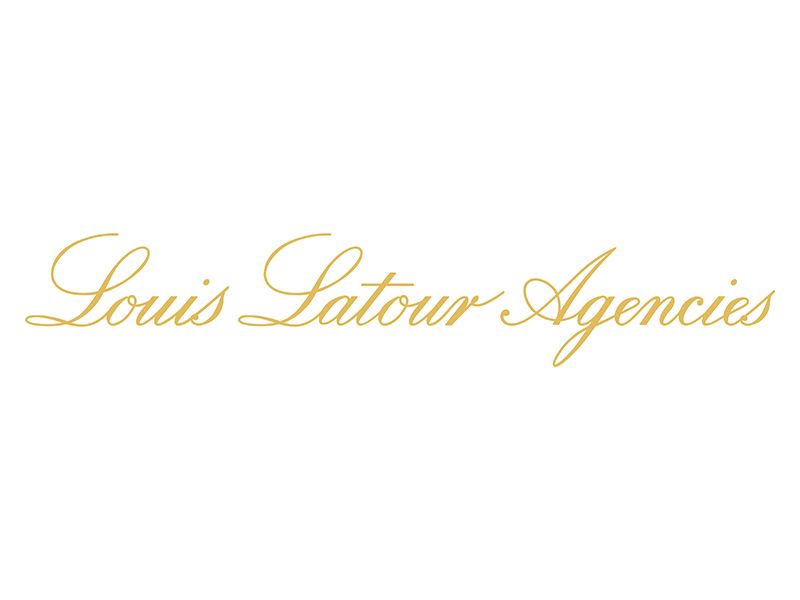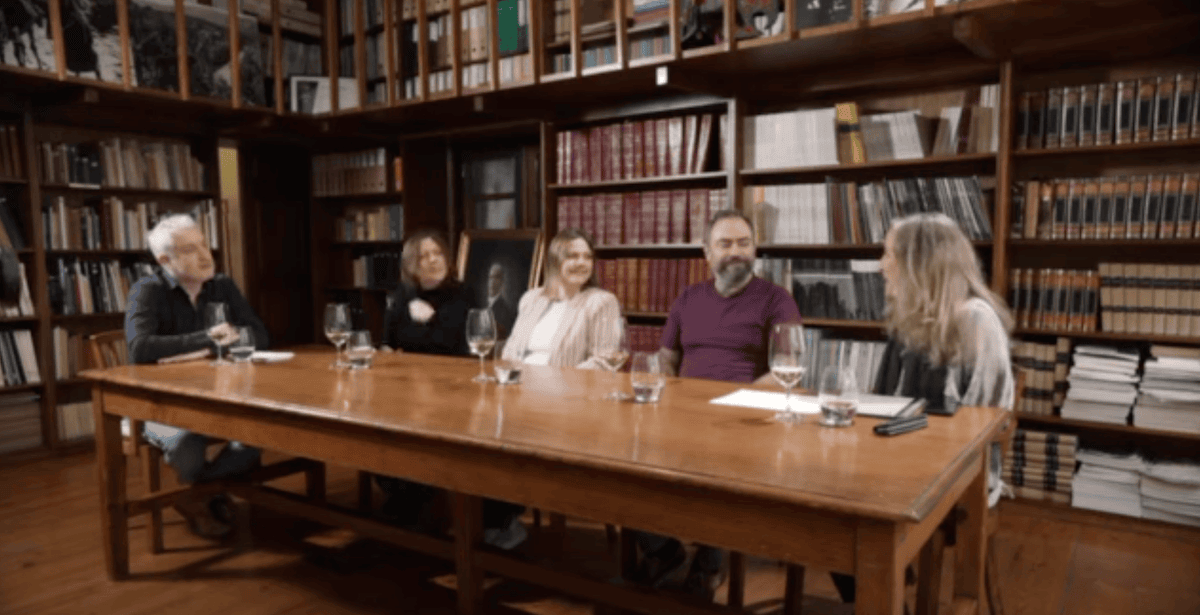Can you tell us about your background and how you got into wine and hospitality?
My journey into wine and hospitality kicked off early, long before I knew what a sommelier even was. In my younger days, I worked in hotels and spent a good chunk of time as a travel tour operator, including with Gulliver Travel in bustling Bangkok. That world of guest service hooked me quickly; something about helping people have a great experience just clicked.
Hungry to grow, I swapped Thailand for the UK and dove headfirst into restaurant life as head waitress. I later joined the hospitality team at the University of Birmingham, all while studying hospitality management at University College Birmingham. Those years gave me a strong foundation, equal parts practical know-how and theory, with a deeper appreciation for leadership, service culture, and a well-balanced rota (with no work on Monday).
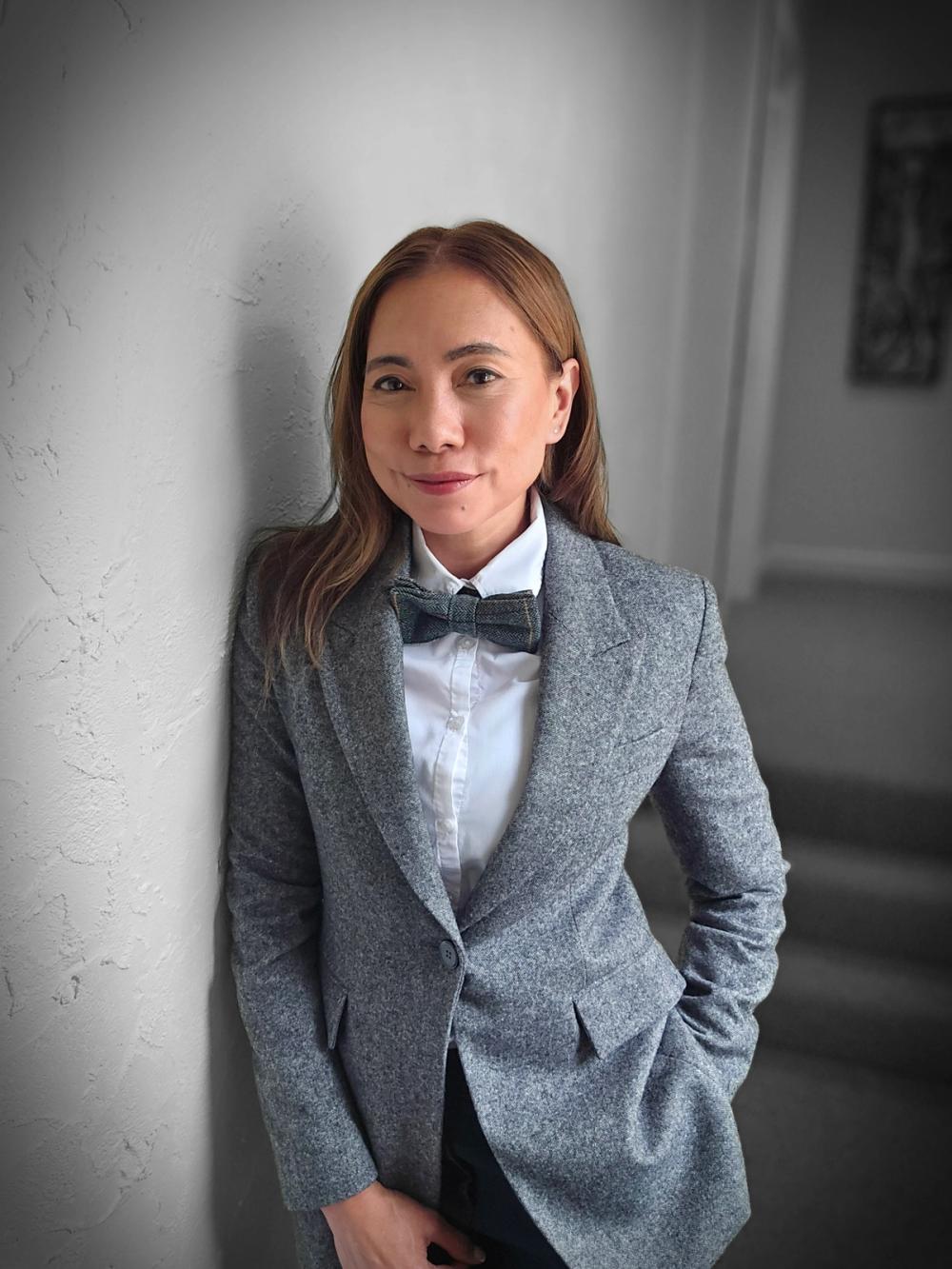
Parichat Sullivan first trained as an interior designer which she says has helped her when helping customers make decisions about the kinds of wine they want to buy
Then came a bit of a creative detour: I took an interior design course, qualified, and thought, “Why not?” So I gave it a go, but it turns out designing beautiful spaces is one thing, convincing clients not to change their minds every five minutes and undo everything - that’s another story. After too many u-turns and “actually, let’s go back to beige,” I threw in the towel. I loved the design part, just not the endless back-and-forth.
Hospitality felt far more rewarding, and frankly, more fun.
How about becoming a sommelier for the first time?
Then came the real game-changer: I moved to a tiny village near Priorat in Catalonia, Spain, one of the country’s wine jewels. For two years, I was surrounded by vineyards and passionate winemakers. Seeing how much love and labour go into every bottle, from vine to barrel, lit a spark in me. Wine wasn’t just a beverage anymore; it was storytelling in liquid form.
In 2021, I returned to the UK and took on the role of assistant restaurant manager at a three-Rosette restaurant in a luxury hotel in Perthshire, Scotland. I worked alongside the brilliant F&B manager, Shashi, who also happened to be the head sommelier. With nearly 300 wine bins to manage, I found myself elbow-deep in stock counts and wine labels, accidentally learning a lot, very quickly.
Then came that night. The sommelier was busy, and I had 10 minutes to pull together a wine pairing. Panic? Maybe a little. But something clicked. I realised how a tiny change in a dish could shift a wine’s character completely. I felt a buzz, not just from the wine, but from the connection, the storytelling, the exchange with the guest. That moment sealed the deal: I needed to follow this path.
I enrolled in WSET at Edinburgh College and began working my way around the UK and the Channel Islands.
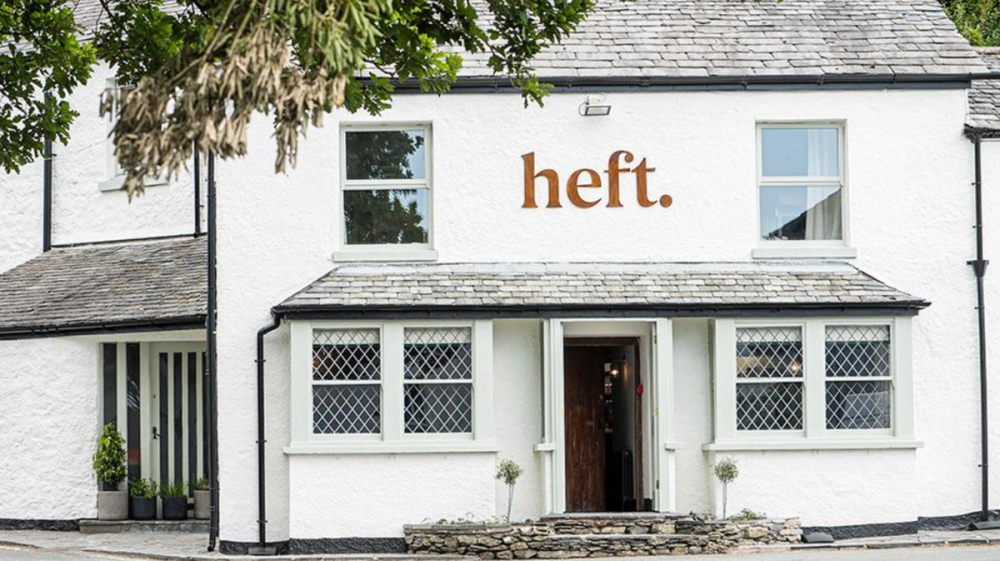
Parichat Sullivan is now making her mark as a sommelier at the award-winning Heft Inn & Resstaurant in the Lake Distribdt
I spent a season in Jersey as restaurant manager and Sommelier at afour Rosette restaurant with the Handpicked Hotel Group, then explored roles across the Lake District. Now, I’m proud to be part of the Michelin-starred team at Heft Inn & Restaurant in Cartmel, continuing to grow, geek out over wine, and share that passion with guests every day.
What do you see as being the key skills you need to be a good sommelier?
To be a top-notch sommelier, you’ve got to be part wine encyclopaedia, part Sherlock Holmes for your senses, and part culinary matchmaker. Deep wine knowledge? Check. Superpowered taste and smell? Double check. Food and wine pairing skills that can turn a meal into a party? Absolutely.
But it’s not just about the vino; being a great communicator and genuinely loving people is key. After all, you’re the guide on this tasty adventure. Throw in some smooth sales mojo, eagle-eyed attention to detail, a hunger to keep learning, and the ability to play nice with the team, and you’ve got the recipe for sommelier success.
How have you looked to improve and home in on those specific skills?
I’ve been sharpening these skills by diving headfirst into the wild, wonderful world of wine. Sure, I’ve hit the books and sat through plenty of tastings to train my palate, but the real magic happens on the floor, chatting with guests, swapping ideas with chefs, and playing mad scientist with pairings.
I stay curious like a cat on a wire rack, always watch wine video clips on YouTube, sipping new bottles, and stealing wisdom from the pros around me. It’s a never-ending adventure, and honestly, that’s what keeps it so exciting.
What is your approach to putting together a wine list, and what do you see as being the key factors you need to get right?
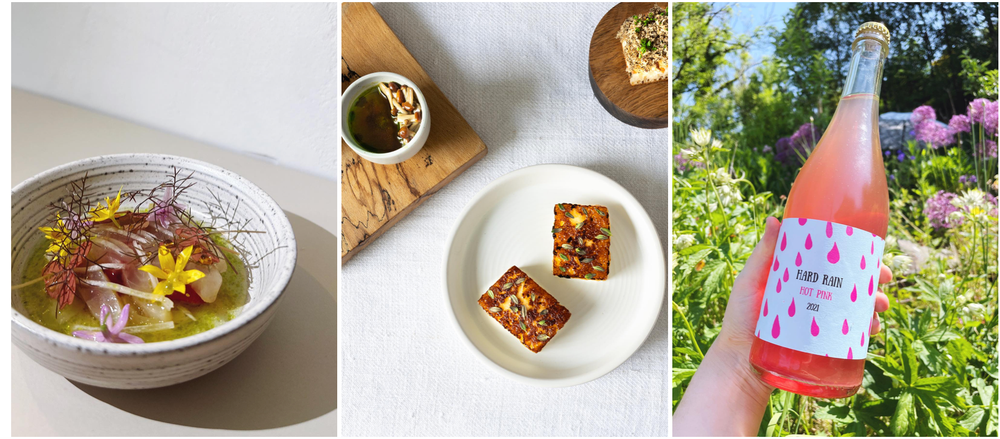
Working at Heft has given Sullivan the chanceo to go off piste and find exciting wines to match with the eclectic and Michelin-star food
When creating a wine list, I treat it like crafting the venue’s personality in a glass. I start by soaking up the vibe, the concept, the menu, and who’s coming through the door. Whether it’s classic old-world charm, bold new-world flair, or something playful and fresh, the list should feel like a natural fit.
Balance is my magic trick: a little bit of everything, styles, regions, and price points, to keep all kinds of wine lovers happy. The by-the-glass list gets special love because it’s often the first date guests have with the wine program. It needs to be friendly, fun, and ready to pair perfectly with the food.
Seasonality’s a key player too—think crisp and refreshing in the summer, cosy and full-bodied when the chill sets in. I’m always on the lookout for wines with stories, whether that’s small producers, sustainable vineyards, or hidden local gems that spark a good conversation.
In the end, the wine list should feel like a warm welcome, a nod to the menu, and a little invitation to explore.
Has that changed, and what you need to get right in a wine list changed in the last few years?
Yes, these days, it’s less about having a massive selection and more about offering a well-curated, thoughtful list that fits the style of the venue and speaks to the guests.
People are looking for quality and value; they want wines that taste great without having to break the bank. At the same time, there’s more openness to trying new things like skin contact wine, so I like to include interesting, lesser-known bottles alongside the classics.
Shorter lists also make service smoother. It’s easier for the team to talk confidently about what’s on offer, and it keeps stock more manageable too.
Presentation matters more now as well; guests appreciate a clean, clear list that’s easy to read and navigate. In the end, it’s about creating something that feels accessible, exciting, and aligned with the food and overall experience.
How have you responded to the changes in duty and the ABV pressures there are now?

Some of the wines on The Heft's wine list
Honestly, I haven’t felt much pressure from the recent duty or ABV changes when it comes to selecting wines. When you compare the previous and current rates, the difference in duty between a bottle at 11% ABV and one at 14% is usually quite small, typically between £0.08 and £0.43 (Source: WSTA). That kind of margin isn’t enough to change the way I build a wine list.
For me, it’s still about putting together a wine list that suits the food, matches the vibe of the venue, and gives guests a great experience. I’d rather focus on quality, variety, and what our guests actually enjoy, rather than get too caught up in small price differences.
That said, I’m always open to including lower-ABV wines if they’re interesting and fit the menu, but it’s about the wine itself, not just the numbers.
What is your strategy and approach to working with by-the-glass wines vs bottles?
To me, the by-the-glass list is like the handshake of the wine program; it's the first impression, so it needs to be confident, warm, and memorable. It should feel inviting and well-rounded, with enough personality to appeal to everyone, whether someone knows their way around a wine list or just wants a great glass with dinner.
I only put wines by the glass that I know will sell. They need to be food-friendly, easy for the team to talk about, and above all, enjoyable. I aim for a mix: reliable favourites, a few wild cards, and some hidden gems that invite curiosity.
For example, alongside a trusty house Merlot, I might include a vibrant, fruity Blaufränkisch, a juicy Barbera, and then turn up the volume with a bold Malbec or a spicy, brooding Saperavi. It’s all about creating a journey, something familiar, something fresh, and something a little daring.
The bottle list is where I can go deeper, with more range and room to highlight unique producers or special vintages.
But the glass list? That’s my hoo. It’s where I get to spark interest, start conversations, and maybe even help someone discover their new favourite grape.
At the end of the day, it’s about balance, creativity, and making wine feel approachable. It should never be intimidating—it should feel like a friendly chat waiting to happen over a really good glass.
Where are you seeing the most growth in terms of wine styles/ countries/ regions that are most in demand?
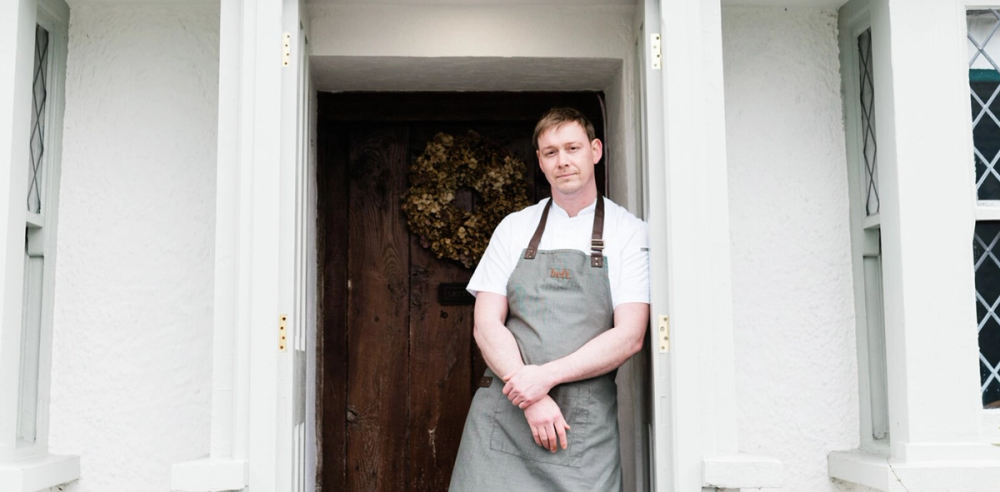
Sullivan says she is inspired by working with chef Kevin Tickle and his team
It feels like wine drinkers are getting more adventurous, in the best way. Lighter, chillable reds, funky skin-contact whites, and lower-ABV sippers are having a moment. Regions like Georgia, Hungary, and Austria are stepping out of the shadows and into the spotlight.
Guests love a wine with a good story, or at least a grape they can’t pronounce but want to brag about trying. It's less about big names now and more about character, surprise, and a little bit of fun in the glass.
What do you enjoy most about being a sommelier?
What I enjoy most about being a sommelier is flipping the script on how people see wine. So many guests walk in feeling a bit lost or think wine is some secret club with a secret handshake, and that there’s only one “right” bottle for them. I’m all about smashing those walls down.
For me, wine should be approachable, fun, and maybe even a little adventurous. Whether you’re a total newbie or a casual fan, every chat is a chance to share stories, guide taste buds, and maybe surprise someone with a new favourite they never saw coming. Helping someone find that “aha” moment with wine is a Purr… magic!
It’s not just about pouring a glass, it’s about creating moments, building trust, and making wine feel like a conversation, not a lecture. When guests snap photos of the bottle, rave about the selection, or get curious about what’s next, that’s when I know I’m doing my job right.
What do you find the hardest or the most challenging, and how have you overcome them?
Dealing with the assumptions people throw my way, because I’m a woman, and I hail from a part of the world that people often don’t associate with wine (South East Asia). I’ve had guests look right past me and ask my male colleagues questions, or say things like, “How do you know about wine?”and “There aren’t even vineyards in Thailand!”
Yeah, that can sting and definitely shake your confidence sometimes.
But here’s the thing: I’ve turned those moments into my secret weapon. I just let my passion, knowledge, and calm confidence do the talking. Every time I guide someone through a killer wine experience, I get to flip the script and show them what’s really up. I especially love helping guests who come in feeling lost or intimidated by wine, turning that nervousness into excitement and curiosity. It’s never about showing off; it’s about making people feel seen, included, and ready to explore.
That’s how I roll through those challenges, staying grounded, focusing on genuine hospitality, and proving what I know with action, not ego. Slowly but surely, I’m helping change the game for female sommeliers and showing that passion and expertise can come from the most unexpected places.
What have been your career highlights?
I’ve had plenty of proud moments, but honestly, some of the best highlights come from the amazing people I get to work with. I feel seriously lucky to be teaming up with some insanely talented chefs - Kevin Tickle at Heft Inn & Restaurant is a total rockstar.
Working with Kevin is like being part of a secret club that truly gets the Lake District. He’s got this incredible, down-to-earth understanding of how the landscape shapes everything from what grows to what lands on the plate. That connection to the land isn’t just talk; it’s alive in every dish. And for me, crafting wine pairings that vibe with that vision? Pure joy.
Being in a place where food and wine are so tied to the local soil and soul? That’s been a career highlight that keeps me buzzing.
Favourite wine regions you have been to?

Sullivan is particularly excited to see the wines now being made in Macedonia
It’s got to be the Balkans for me. I’ve always had a real passion for discovering wines from places people don’t often talk about, somewhere a bit off the beaten track. There’s something special about exploring regions that still feel a bit under the radar.
I used to live near Priorat in Catalonia, Spain. I've visited vineyards in Serbia, Macedonia, and even along the Amalfi Coast, but honestly, the wines from Macedonia really stood out. There’s this local grape called Vranec that I absolutely loved, especially from wineries like Popova Kula and Tikveš.
What’s exciting is that the Macedonian wine scene is really evolving. They’re moving away from bulk production and starting to focus more on quality, bottled wines that have their own unique character. You can really feel the pride and identity in the wines there. It’s a region that surprised me in the best way.
What is on your wish list?
My wine bucket list is getting out of hand. I’m totally drawn to places with deep traditions and a little something unexpected. Georgia’s top of the list, I mean, those qvevri things are basically ancient winemaking magic. It’s like stepping back to where it all began.
Lebanon’s another fave, Bekaa Valley wines are full of character, and what they’re doing there despite the challenges? Honestly inspiring. And Alsace? It’s the classy, sophisticated Audrey Hepburn of wine regions, full of charm, elegance, and complexity.
For me, it’s all about tasting new things, hearing the stories, and meeting the people behind the wines. That’s what keeps this sommelier gig so much fun and full of surprises.
Anything else to say…
Well, just that being a sommelier is like being a wine detective with a serious passion for stories, and I’m always on the case.
Coming from Thailand, a place not usually on the wine map, I love shaking things up and showing people that great wine and great wine knowledge can come from anywhere. Plus, if I can survive clients who change their minds a dozen times (thanks, interior design detour), I can handle just about any wine challenge. So, pour me a glass, and let’s make wine fun, approachable, and maybe even a little bit adventurous.
* You can find out more about The Heft Inn & Restaurant at its website here.

